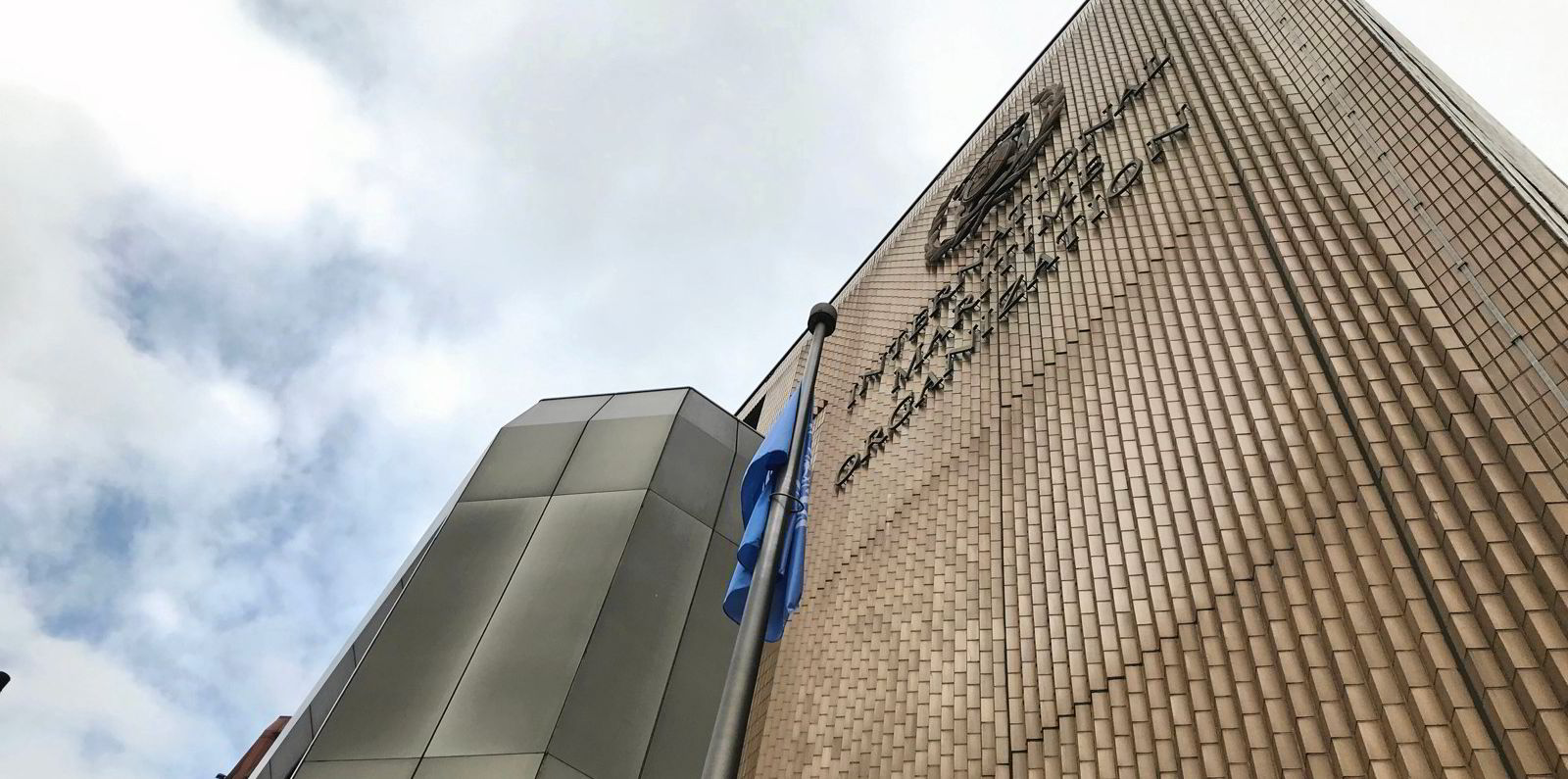While other industries spent the past two decades entering the digital age, the maritime sector was left somewhat behind.
It’s no fault of these companies’ leaders. Shipping enterprises face a unique set of obstacles to connectivity that are only now beginning to fall away. Advancements in communications technology have brought the vision of fully connected ships closer to reality.
The International Maritime Organization and United Nations’ looming regulatory adjustments have, for some time, been at the centre of the discussion about digitalising maritime.
They have played a critical role in getting connected tools onto ships. Decarbonisation and regulatory pressures have and continue to drive exponential growth. With the first of the IMO and United Nations’ increased guidelines taking effect this year and more to come, connected ship monitoring that proves compliance has become a “must-have” rather than a “nice-to-have” capability.
Still, the push for more sustainable operations is not the only thing driving maritime’s rapid adoption of connected tools and their advancing capabilities. There are other factors at play, and each will become increasingly influential as connected ecosystems proliferate the industry.
Product adoption and usability: Whether a platform is for ships or everyday consumers, accessibility and experience are key. At the end of the day, all technology must be designed with users in mind, and the companies that understand this when designing their maritime technology suites will be the ones that succeed in the long term—and they will be the companies that ensure the industry’s digital future. In order to develop these tools, operators digitalising fleets and maritime technology specialists will need to work closely together to identify pain points and develop solutions that can adapt to the industry’s changing needs.
Connectivity: Maritime’s relatively slow adoption of connected tech has been primarily due to the limitations of telecoms technology. Geostationary satellites have been unable to support ship-to-shore connectivity reliably, but new innovations are poised to change that. As low-earth orbit (LEO) satellites become more common and accessible, so too will fast, reliable networks on ships. LEOs will ensure ships have reliable points of connection and could enable 24/7 ship-to-shore connections as well as cloud-based nautical systems monitoring once the technology is utilised to its full potential. However, the ability to leverage these capabilities will rely on how quickly shipbuilders and operators integrate the necessary equipment into new and existing vessels. Ultimately, the timeline of these newbuildings and retrofits will determine the overall speed of adoption.
Data standardisation: As connected vessels become the norm, the amount of data available to enterprise and industry leaders will grow exponentially. At present, this data is siloed — by company, vendor, source and any other category you can imagine. Connected fleets and the ports they work with need solutions that can easily and seamlessly coalesce data from across the industry, and software vendors will need to pursue strategic partnerships to develop more comprehensive digital suites that emphasise cross-industry standardisation and flexible data practices.

Of course, shipowners are already seeking ways to standardise their data for more sophisticated organisation and utilisation, but the entire supply chain will need to work together to yield the benefits of this undertaking. Certain use cases and metrics will only reveal themselves once adoption is widespread and all of that data can be integrated and analysed in new ways. Partnerships that facilitate this standardisation — between vendors, owners, lateral companies and (yes) competitors — are key to the continued development within the industry.
It’s an exciting time to be a part of shipping. Although we have lagged somewhat behind as other industries forged ahead in their digitalisation journeys, maritime is well-positioned to catch up with the rest of the market. An increasingly complex regulatory environment and the global push toward more efficient, sustainable operations, served as the catalyst for this momentum, but they will not be its culmination.
As technology progresses and connected vessels become more common, new applications for data from connected fleets will reveal themselves. But the full potential of this growing market will only come to fruition if operators, shipbuilders and maritime technology companies work thoughtfully and in close partnership to get vessels, equipment and software up to speed.
Paul Sells is chief executive of ABS Wavesight




